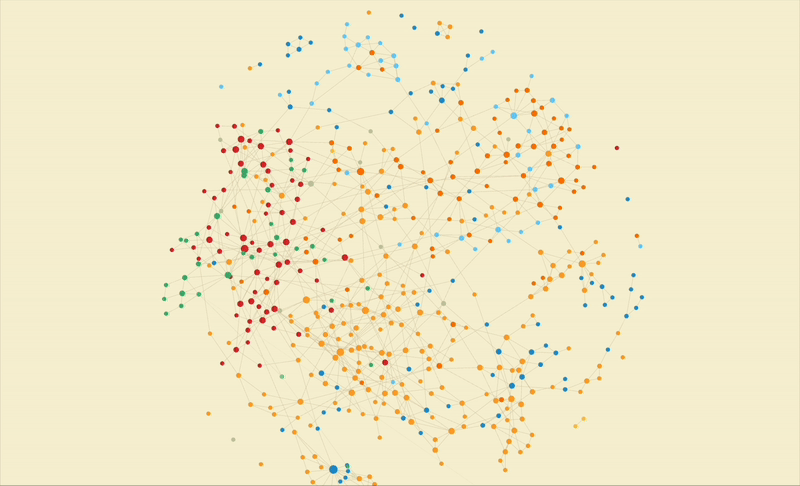NOTA | My notes system
I get asked often about how I take notes, so this is the place where I describe my notes system and practice.
Good notes tend to help us move from one position of knowledge to the other, which is hard to do without gathering what you need systematically so that you can find it when you need it. In my system, each note represents one atom of an idea or fact that can stand alone and interact with another. This principle of atomicity helps maintain clarity and precision in organising ideas. Like LEGOs, these notes can easily be reassembled into endless configurations without disrupting its basic elements. Each note is a building block that can be linked to others in creative ways without relying on me to recall them. Because they aren't organised through a top-down taxonomy, more patterns in thinking can emerge organically.
Anatomy of an atom
There are two types of notes in my system:
- 🔹 reading memory (facts, events, reports)
- 🔸 second memory (concepts, claims, ideas)
Each note is formatted the same:
- A brief description of what I want to remember, written as how I would say it
- A short explanation of why I saved it
- Quotes from references or sources
- Links to other notes connected to it in the system
- Hashtags based on context so I can find them again in the right situation
Example of a molecule
Here's what a 'molecule' looks like. This is the shape of the post that accompanies this page, Writing for insight: Some design principles.
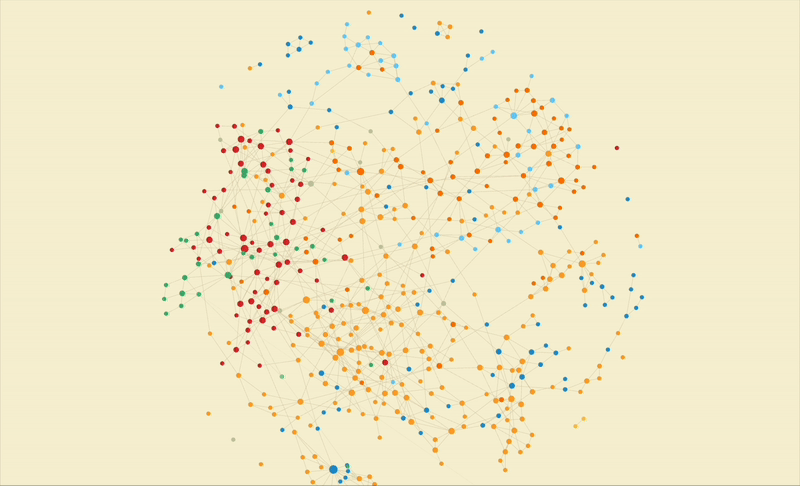
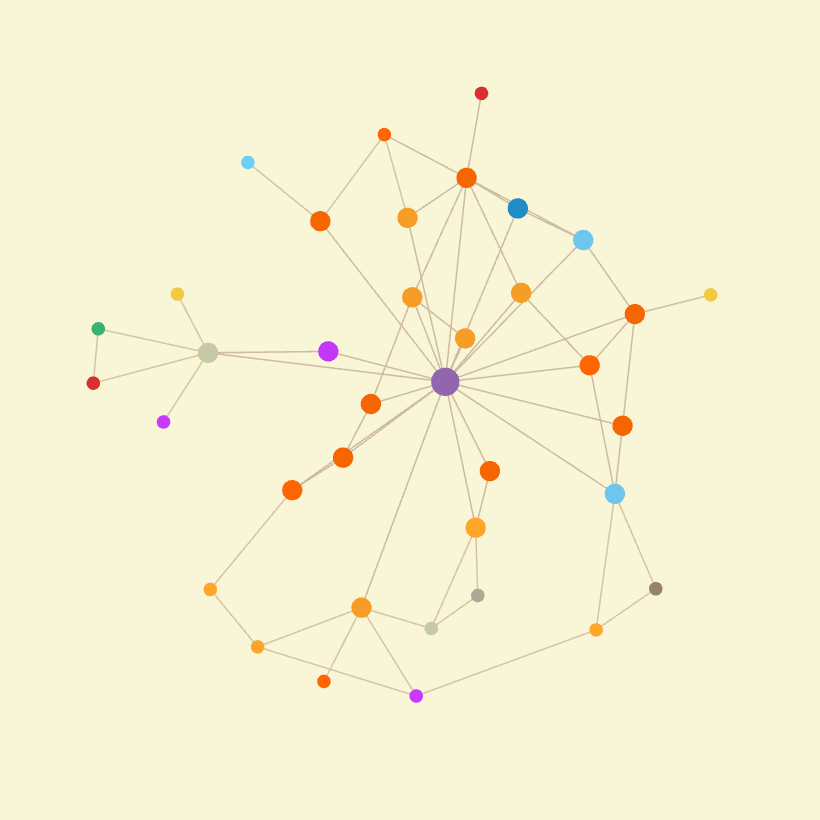
Some of the notes that went into that post are:
- 🔹 Breaks are not just for recovery, but for absorbing information into long-term memory
- 🔸 Any benefits of top-down or first-order note-taking approaches usually decrease the more notes you generate
- 🔹 The brain can't tell between a task that's done and a task that's postponed with a note
- 🔹 The GTD Getting Things Done principle is to collect everything in one place and process it in a standard way
- 🔸 Starting from scratch is not possible, interpretation is a hermeneutic circle
- 🔸 You become more open to new ideas the more familiar you are with ideas you already encountered
- 🔸 Writing for insight requires a flexible use of the whole spectrum of attention on its many distinct tasks
Up close, it looks like this:
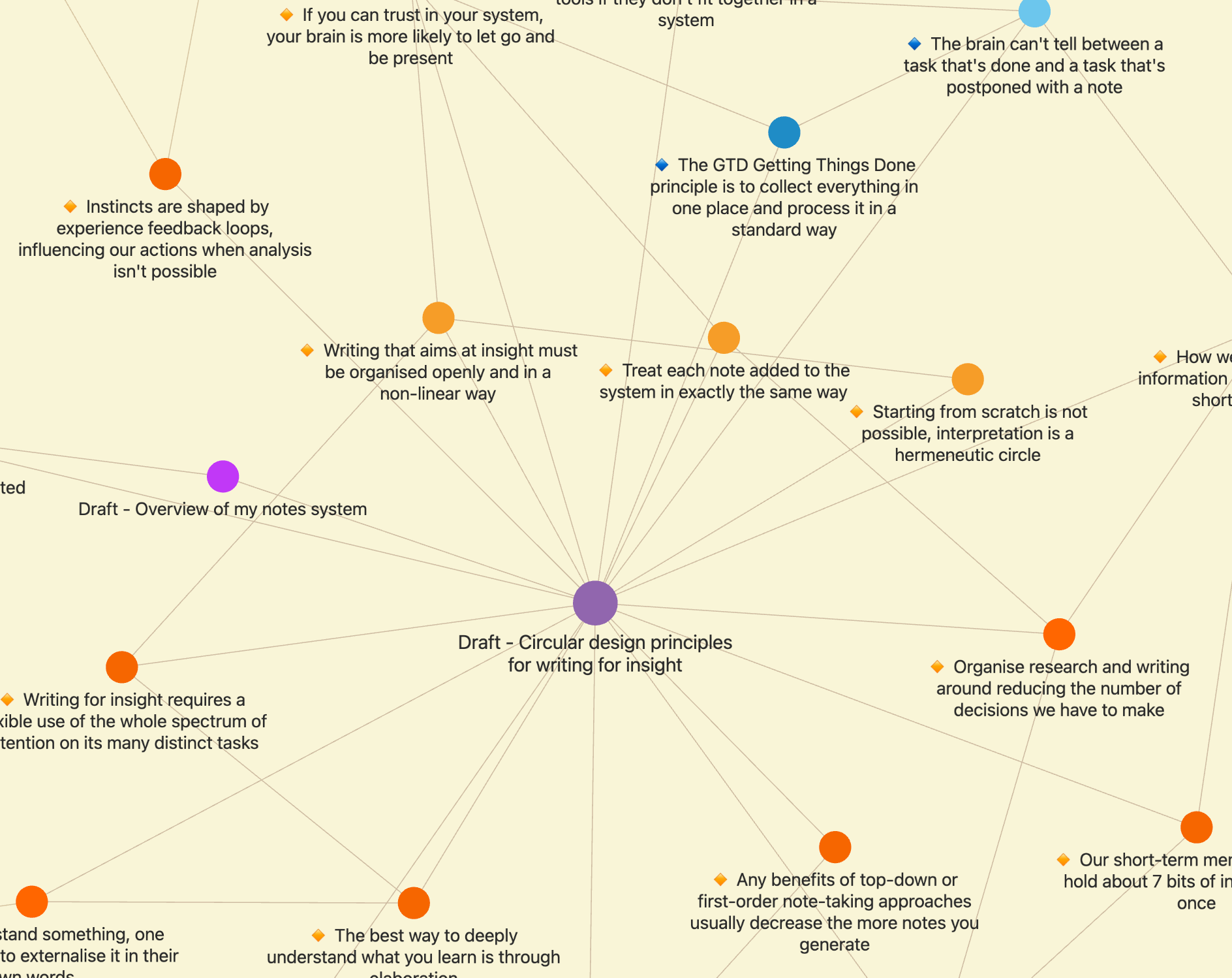
The zettelkasten
That video I made is just one way of viewing my notes system. There are other ways I can view and retrieve these notes in different combinations. You can build your own system in other apps or even mediums. My partner is dyslexic and started his notes system the same year I did; it looks totally different from mine although we use the same principles. Consider that the first version of the system I was inspired by— the zettelkasten— was fully analogue, when hashtags or the idea of / as going deeper into a directory weren't even a thing yet. A man named Niklas Luhmann built it on index cards and then went on to become shockingly prolific, writing 70 books and 400 articles in his lifetime (though I can't say I've read any of these cover to cover).
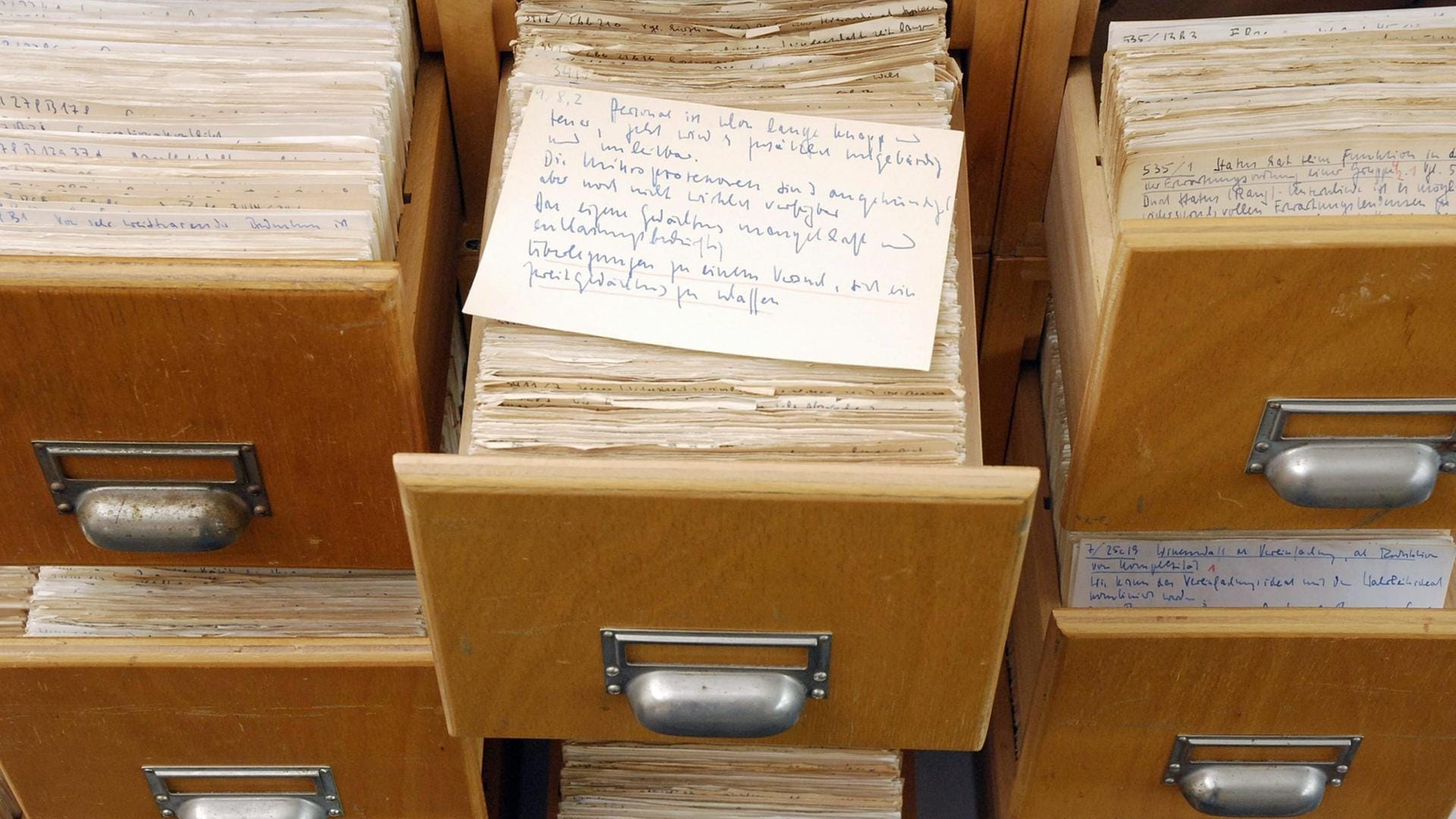
He didn't start early, and so credits his note-taking system for much of his ability to write. This was before anything digital, so his note taking system was a large box of handwritten index cards that he would add to and connect between each other in different ways. Since then, many zettelkasten enthusiasts have built their own in many places and discuss them in many forums. In my case, I went for Obsidian— there was a bit of a learning curve with Markdown, but nothing beats being able to have my entire system in a USB stick and easy to move to another app if I ever need to someday.
When people ask about my notes system, I usually recommend they read Sönke Ahrens, How to Take Smart Notes: One Simple Technique to Boost Writing, Learning and Thinking. I read it back in 2019 but I think now it's in its second edition (2022)— and when I recommend it I often include a caveat. Another excerpt from there:
When Luhmann was questioned about how prolific he was after taking on his notes system, his answer was basically "oh, like it's hard???" and it felt very smart-person nonsense to me at first. But five years in, I understand that energy a bit more. My anchor is dyslexic and started his notes system with the same principles at the same time; it looks very different from mine, and in 2024 he’s reading and writing more than he has ever done before. Whenever I have free time and people ask me what I plan to do, and I say "hang out with my notes," it isn't some chore. I don't think I could spend enough time in my system. I want to grow it and think from it all the time. I don't know if I am getting better at it, but I do get what he means that writing feels easy. I don't have to 'come up' with anything anymore. These days, the longest part of the process is cutting things down, keeping it simple, to decide to stop at this point and just hit Done, because one thing always connects to another. I could always keep going.
Other apps
Besides my notes system itself, Obsidian also holds my daily reviews, bibliography, and a writing studio in other folders. Outside of Obsidian, I use Raindrop for link dumps (so I don't have bookmarks from ig, clock app, twitter spread out in different apps and can't search for them) and Are.na channels for curating stuff around specific contexts and themes.
The video up top is also on YouTube:
